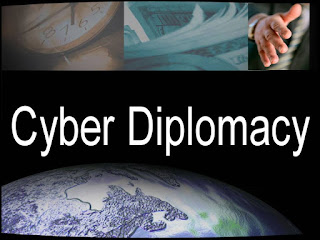Censorship and Journalist Blogs in China

Journalists made up an important part in the first generation of bloggers. Robinson (2006) characterizes journalistic blogs in following ways: a reporter’s notebook of news tidbits and incidentals; a straight column of opinion; a question-and-answer format by editors; a readership forum; a confessional diary written by the reporter about his or her beat; a round-up of news summaries that promote the print publication; and a rumor-mill that reporter uses as an off-the-record account. Robinson does not provide quantitative data to support his arguments. The categorization, however, indicates how blogs serve journalism in various ways. Several studies have focused on how blogs change journalists’ life and work practices. Carison (2007) notes that blogging presents journalists an opportunity to make journalism more transparent. Lowrey and Mackay (2008) pointed out that blogs affect the ways journalists practice their profession, such as reporting, using blogs as news sources a...












